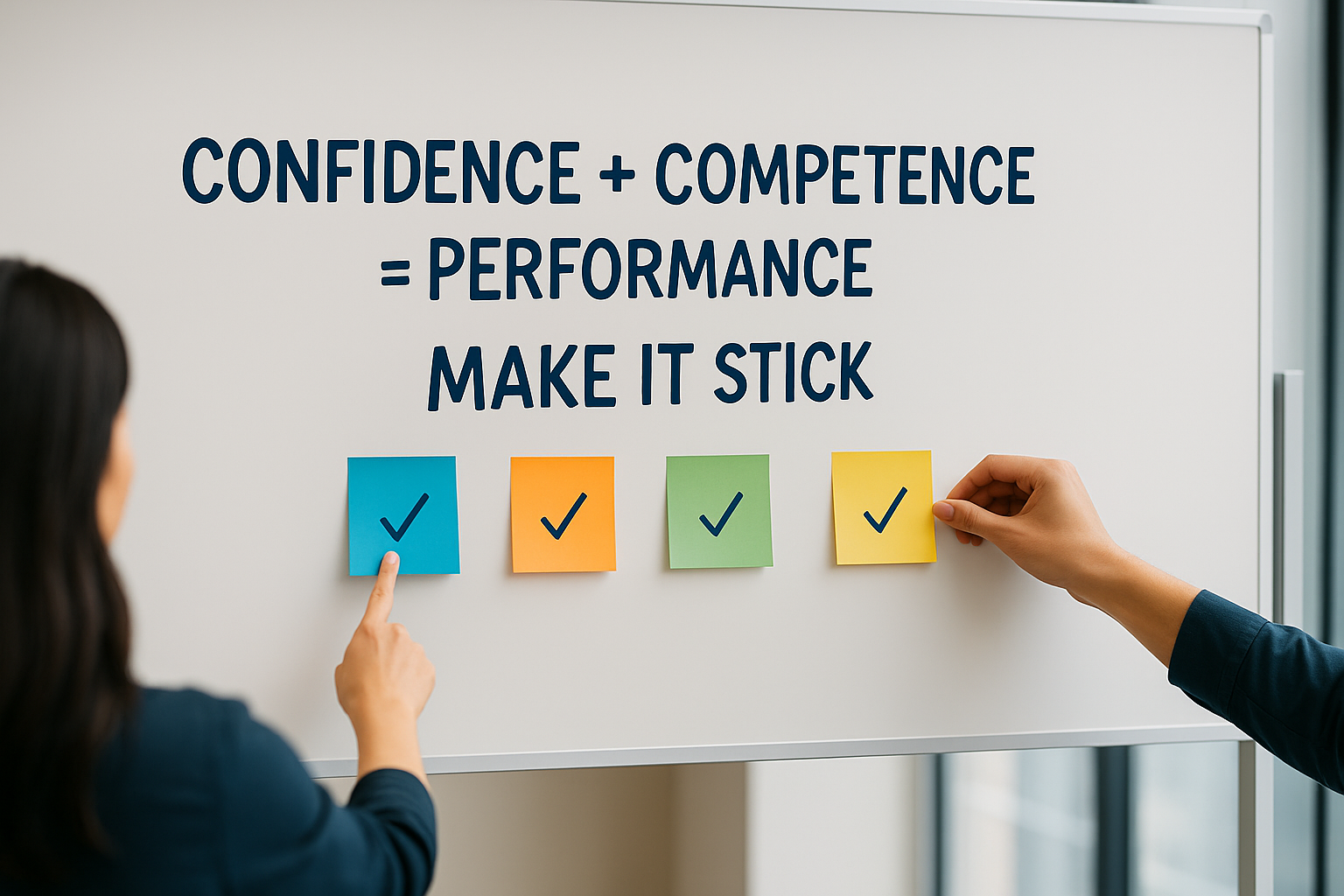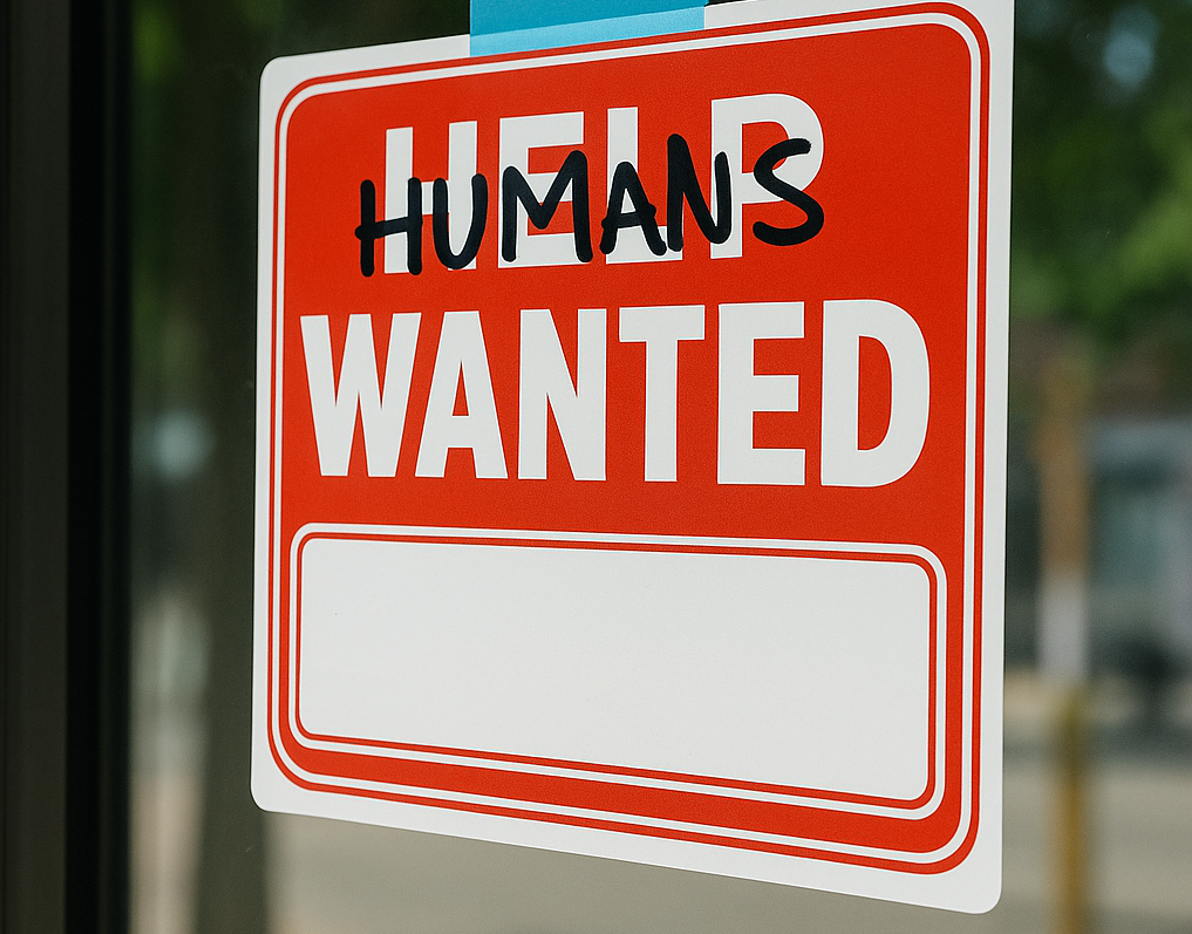Confidence without competence creates risk. Competence without confidence creates hesitation. You...
How Do I Resolve Tension in a Team? A Practical Framework That Actually Works

Tension is a regular part of working in teams. However, when it becomes chronic, personal, or blocks collaboration, leaders require more than a one-off conversation to resolve it.
This isn’t just about keeping the peace. Ongoing tension drains productivity, weakens trust, and slows down decision-making. In this article, you’ll learn how to recognize, de-escalate, and resolve team tension using a proven, behavior-based approach.
What Causes Tension Between Team Members at Work?
Most workplace tension doesn’t come from evil intent. It comes from mismatched communication and work styles.
One person needs time to think. Another needs to talk it out. One prioritizes speed. The other wants accuracy. Without a shared language to name those differences, tension builds silently.
- Expectations go unspoken
- Frustration simmers
- Trust erodes
Teams often chalk it up to a “personality clash” and move on until it happens again.
How to Reduce Workplace Conflict With Structure
Resolving tension requires more than goodwill. It requires structure.
- Clarify expectations
Ambiguity is the enemy of trust. Identify what’s being misunderstood or assumed. Clarify roles, timelines, ownership, and how feedback is shared. - Use a shared language
Use a neutral, behavior-based language to talk about differences without blame. A framework like True Colors makes this possible. - Reset team agreements
Reinforce behaviors and norms that support better collaboration. Make the implicit explicit and consistent.
You don’t need to solve everything in one meeting. But you do need to replace silence with structure.
The Best Framework for Resolving Team Conflict
A strong conflict-resolution framework does three things:
- Reveals the root cause of tension, usually unmet needs or style clashes
- Gives people a shared language to talk about differences without blame
- Replaces reaction with repeatable structure to resolve issues early
That’s what True Colors delivers.
It’s not just training. It’s a practical system that helps teams turn awareness into consistent action:
- Style awareness becomes a shared language
- That language becomes a decision-making and communication framework
- That framework becomes a habit
The result: less second-guessing, more collaboration, and a stronger culture that can handle tension, not just avoid it.
Why Most Workplace Conflict Remains Unresolved
Ask any HR leader: conflict isn’t rare. What’s rare is a team that knows how to address it productively.
Most teams:
- Avoid it
- Blame it on personalities
- Wait for it to blow over
Here’s what actually happens:
- High performers burn out trying to compensate
- Managers lose time managing friction instead of outcomes
- Turnover rises, and HR can’t pinpoint why
The real cause? Style friction that goes unrecognized. And when it’s not addressed, it becomes culture erosion.
Awareness alone won’t solve it. True Colors gives you a behavioral system that sticks.
What to Do When Team Conflict Keeps Coming Back
Recurring conflict is a signal. The issue likely isn’t the individuals; it’s the system around them.
Look for gaps in:
- Decision-making clarity
- Feedback and communication practices
- Team norms and accountability
When the same patterns repeat, it’s time to step back and assess your team dynamics and cultural agreements.
Team Conflict Checklist: Use This When Tension Shows Up
- Spot the style mismatch behind the frustration
- Clarify expectations neutrally and directly
- Ask each person what they need to move forward
- Reinforce shared agreements for the team
- Follow up to track behavior and outcomes
This checklist won’t solve everything. However, it will provide you with a structure to lead through tension, rather than react to it.
Frequently Asked Questions About Resolving Team Tension
What causes tension between team members?
Most team tension comes from clashing work styles or communication preferences, not personal issues. Without shared expectations, those differences create frustration and mistrust.
How can I reduce conflict in the workplace?
Start by clarifying expectations, using shared behavioral language, and reinforcing team norms. Structure helps prevent miscommunication and resolves tension before it escalates.
What is a good framework for resolving team conflict?
An effective framework uncovers root causes, builds shared understanding, and creates habits that improve communication. True Colors offers a system that helps teams resolve conflict and build trust over time.
Why doesn’t workplace conflict get resolved?
Most teams avoid conflict or attribute it to personalities. But unrecognized style friction is often the real issue. Without a structure to address it, awareness isn’t enough to drive change.
What if the same team conflict keeps happening?
Recurring conflict signals systemic misalignment. Look at decision-making clarity, feedback processes, and team norms. A tool like True Colors helps you identify and resolve these deeper issues.
Ready to Resolve Team Tension With a Proven Framework?
Team tension is rarely just about personalities. It’s usually a signal that something deeper isn’t aligned.
Take the Culture Clarity Assessment



